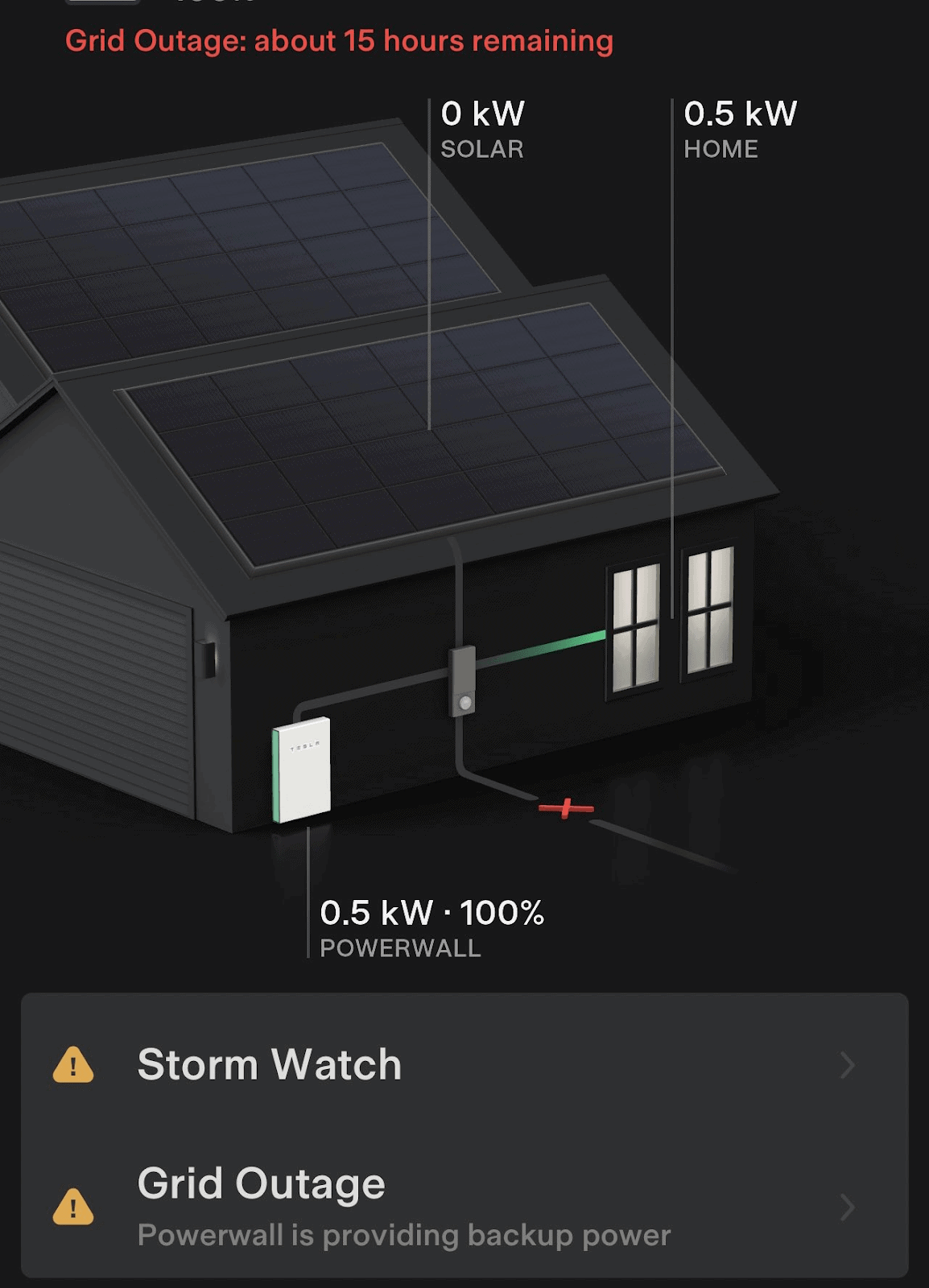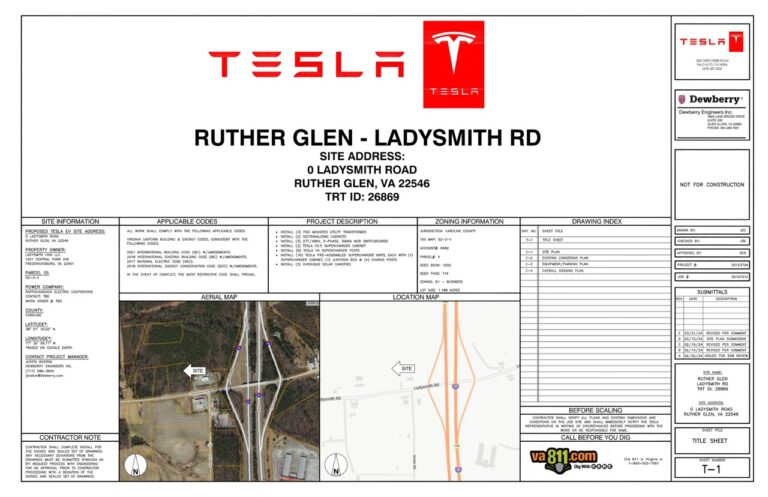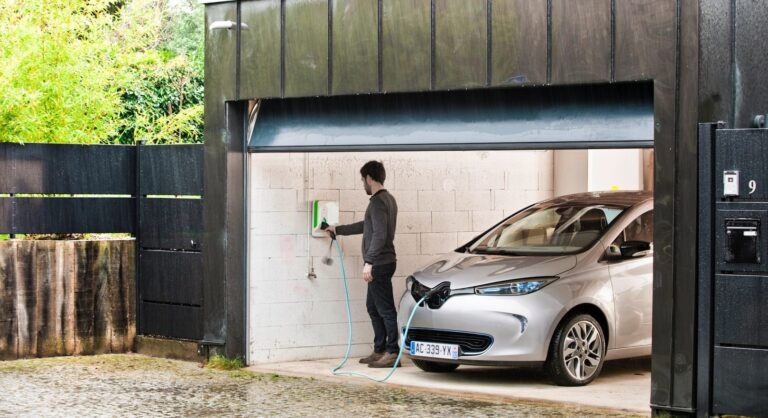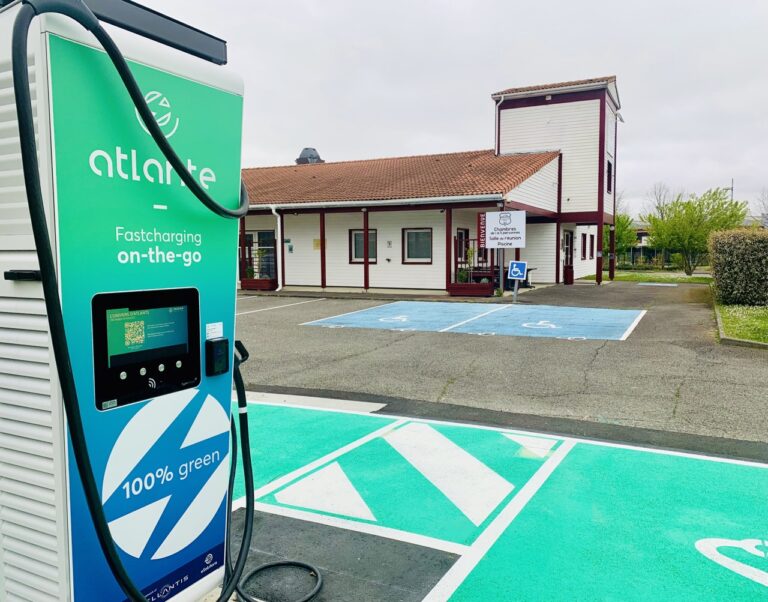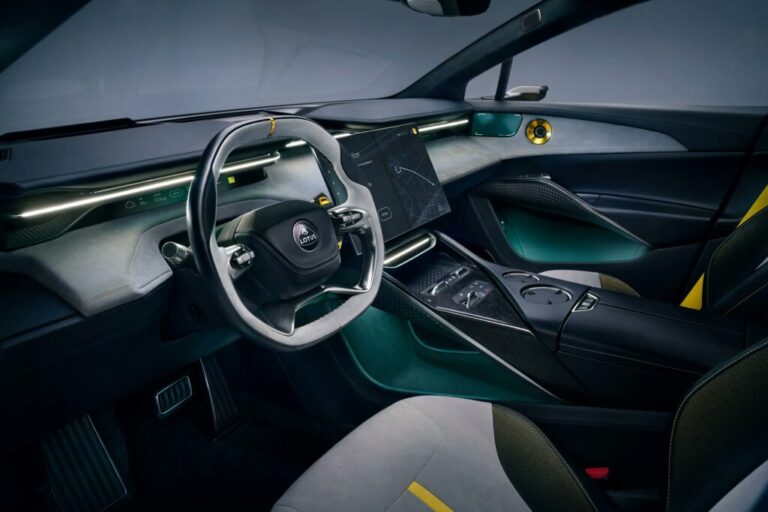do we still have to wait for Tesla?
It all started with a tweet saying “And just like that, the power goes out and our Tesla power wall powers our home.” It sparked a lot of reactions in the comments, both positive and negative. Which allows us to ask the following question: what do the solar panels promised by Tesla give? Are we going to have to wait much longer for them? Are they really effective?
If you need advice on achieving energy independence, you can contact us. We are active throughout France to explain the complementarities of solar and electric.
Do you want to install solar panels at the best price?
Tesla solar panels are efficient but…
…not profitable right away: the example of an American family
Since January 2020, Tesla has diversified its product catalog. Accompanied by two Power Wallhuge rechargeable batteries, its solar tiles produce renewable electricity using solar energy.
The American firm promised that it would soon be available outside the United States, particularly in Europe, as soon as it presented this product. But, with the coronavirus epidemic, this international expansion has been postponed.
A significant investment for installation
The Neumann family benefits from the third generation of solar tiles called Solar Glass V3. The total budget for the installation is 83,000 dollars, excluding possible aid. Or around 74,000 euros.
In this price, more than half is the purchase of the tiles (270 m² of tiles, anyway). 30% of the budget is devoted to labor. This includes the removal of conventional tiles, adaptation of the roof structure and installation of tiles.
20% of the budget was dedicated to the purchase of two PowerWalls. These are two external rechargeable batteries that collect energy from the roof and power the house.
When energy production is greater than consumption, PowerWalls are able to deliver excess energy to the general grid. The consumer then becomes a producer.
Autonomy achieved fairly quickly
By producing their own electricity, the Neumann family became, in just three months, not only energy independent, but also reseller.
In March, the family paid $4 to their energy supplier, including the energy sold. 81% of its energy consumed comes from its own production.
In April, she is $15 surplus (her supplier owes her money). It is 97% autonomous.
In 2019, she paid an average of $140 per month for electricity.
As of May 2020, the Neumann family is 98% self-sufficient and has sold $76 worth of electricity to its supplier.
So imagine the gain per year: 140 dollars unpaid and 70 dollars in excess energy.
Or a system that brings in around $200 per month. Or 2,400 dollars per year, knowing that the price of the kilowatt/hour sold can vary depending on market rates.
Soon the solar electric car?
A YouTuber his Model 3 with Tesla solar panels installed on the roof
Can the Tesla Model 3 really be charged entirely solar? The American automaker has not yet launched optional solar panels on its vehicles, but solar tiles are expected arriving this year in Europe and Canada.
An original experience
The YouTuber of the channel “ The Tech of Tech » had the idea of installing an improvised roof of solar panels on his Tesla Model 3. This is not a permanent installation, but rather a provisional experiment to see the autonomy that can be obtained using solar energy.
He shared his experience in a YouTube video showing the result of 100% solar charging.
Unlike the YouTuber who loaded his Tesla Model 3 with solar panels on a trailer, this one placed three portable solar panels side by side on the roof of his Californian electric sedan.
They each have a power of 120 watts. Next, the YouTuber connected the solar panels to a portable 2 kilowatt hour (kWh) power station which is itself directly connected to the Model 3 to recharge it.
A solution that works, but…
Before starting the solar charging test, this Tesla Model 3 had a range of approximately 389 kilometers remaining. After 1 hour and 25 minutes of charging in direct sunlight with the power station charged to 100%, the Model 3’s range was displayed at 400 kilometers.
It is therefore entirely possible to recharge the electric sedan with solar panels, but this solution is neither feasible on a daily basis nor really effective for what it provides.
Recently, Elon Musk gave details of an electric van with solar panels on the roof, but this vehicle is not yet officially planned. Moreover, the automobile manufacturer Lightyear had made the demonstration of a real solar panel roof on the Model 3.
This allowed it to be recharged at around 2 km per hour in direct sunlight.
Currently, a few automakers offer roof options with solar panels. This is for example the case of the Hyundai Sonata Hybrid with a solar roof option which costs $8,000 for 3 kilometers of autonomy per day.
You can complete your reading with our article on the Tesla Solar Roof.
